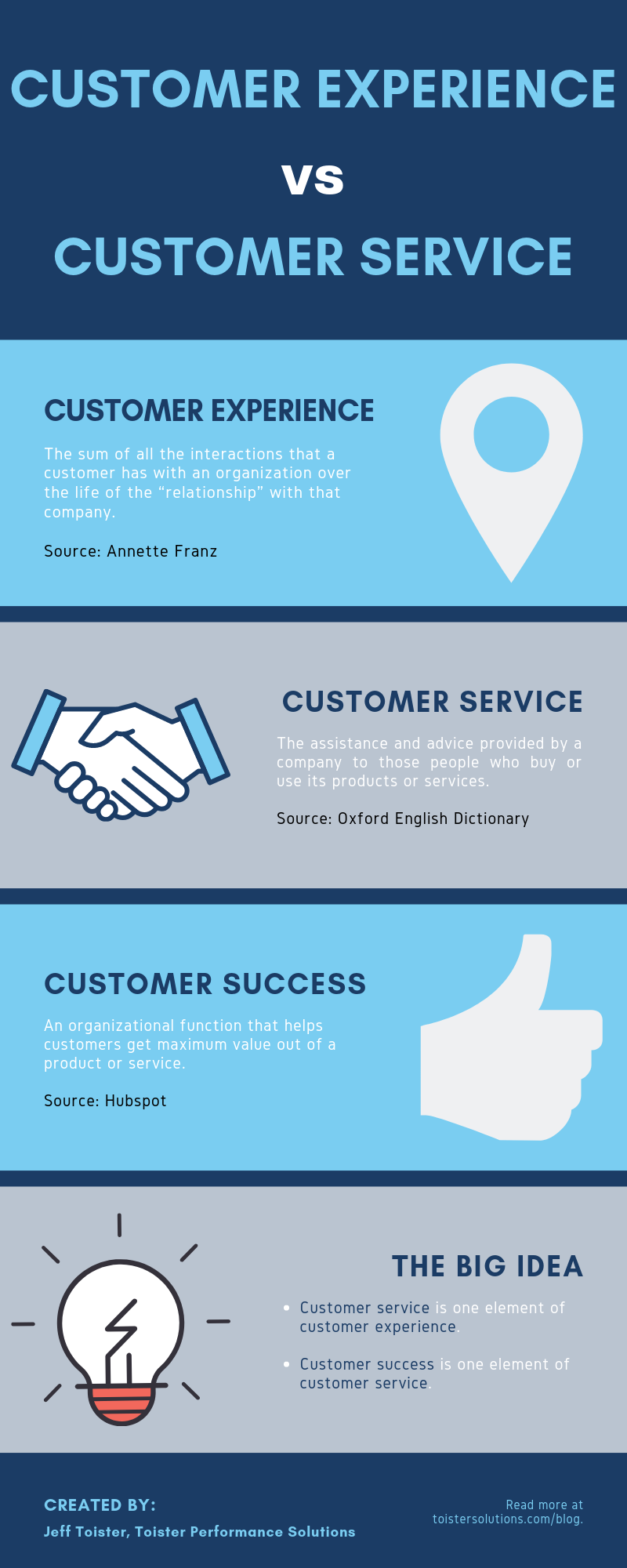Some feuds are timeless.
You have the Capulets and Montagues. The Hatfields and McCoys. And of course, there's marketing and customer service.
What's their beef?
I talked to both departments to get their sides of the story. The answers revealed a fundamental problem that plagues many companies. Here’s what they had to say.
What does marketing want from customer service?
I met with marketing to hear their side of the story. (Yes, all of marketing. Just go with it.) They tell me what they'd like most of all from the customer service department is a little cooperation.
Q: You mention cooperation is an issue. Can you tell me more about that?
"Customer service is always pushing back on everything we do.
"Take the brand style guide as an example.
"We lovingly, painstakingly put our new brand style guide together. It details the correct way to use our logo, our preferred color palettes and fonts, and even the language we should use when communicating externally.
"And this thing cost a mint. We hired expensive consulting firms, expensive research firms, and expensive graphic artists. We even printed the guide on expensive paper so people knew it was important.
"So we give the new guide to customer service and their attitude was like, 'We're busy,' and then I'm pretty sure they just dumped it in a drawer."
Q: What makes you think that?
"Just look at those chat conversations! Is 'bored robot' really our brand voice?!
"Or why do so many customer service reps write their email signature in comic sans font? Show me exactly where in the guide you see comic sans font! You know what, you can't, because it's not there!
"And show me one call where a rep uses the new, on-brand phone greeting and actually sounds like they mean it. All we hear about from customer service is how much talk time the new greeting adds, as if talk time is so bad.
"You never hear the sales team complaining about talk time, I'll tell you that."
Q: Where are some other places you'd like more cooperation from customer service?
"Social media would be a good start. The social media coordinators are getting tired of endlessly tweeting, 'We're so sorry to hear that. Please email your information to support and we'll be happy to help you.'
"I tried asking customer service to help serve customers via social media, and they went ballistic. Something about workforce management and not having the budget to hire more people and buy more software.
"Oh and can we talk about the website?"
Q: Okay, tell me about the website.
"Well, I don't mean to get back on the branding soap box, but the support side of the website is atrocious.
"We spent a lot of time and money on an awesome website. We hired a video production company to make all these witty explainer videos that everyone loves.
"Then we hired an SEO team to..."
Q: Wait, a what?
"SEO. Search. Engine. Optimization. It improves our reach from organic searches so we can redeploy our cost-per-click ad budget to social media. We’ve been having a lot of success with retargeting campaigns lately."
Q: Um. What exactly is... No, never mind. Please keep going.
"So anyway, the website. It's amazing on the front end and then you get to the support section, which is maintained by customer service, and the whole thing couldn't be more off-brand if it tried. None of the support articles use our officially approved phrases from the brand guide.
"There's not one witty explainer video, either. Not one! I gave customer service the contact info for the video company we hired and they just complained about budget. It's always budget with them.
“And don't even get me started on the support site’s SEO."
Q: Deal. I won't. Is there anything you think customer service is doing well?
"They do have a lot of data. I've never seen so much data. Now that I think of it, it would be nice if they shared some of that data.
"No, not the boring stuff about SLAs, AHT, FCR, or any of those other boring acronyms. I'm talking about the good stuff, like what are customers saying?
"I'm looking for quality and quantity here. Give me a riveting story that aligns with one of our personas, and then give me data to tell me how many customers in that particular demographic feel that way, too!
"Is that really so hard?
"It's not. We found a contact center expert, Nate Brown, who understands a whole lot about branding and he says it's not difficult."
[Editor's note: This is true. Nate Brown did share an easy way to collect this data.]
Q: Okay, do you have time for one more question?
"Sorry. I'm double booked for two meetings and I'm already late to both. Gotta run!"
What does customer service want from marketing?
I sat down with the customer service department after meeting with marketing. Yes, the entire department. Yes, for all companies. (Seriously, this post is much better if you just go with it.)
Anyway, here's what customer service had to say.
Q: Marketing says they want some more help from you. What do you want from marketing?
"Help?! They want help?! Okay, let's talk about help.
"How about giving us more than zero notice when they launch a new promotion? Marketing is always cooking up some new idea that spikes our contact volume.
"The first time we find out about it is when the contacts start coming in, when it's too late to adjust our staffing and our team gets slammed.
"What's even worse is our reps have zero information. Customers know more about the promotion than we do, so our reps feel like idiots."
A: C'mon, it can't be that bad.
"Oh really? How about that time when marketing promised customers this special, limited-edition Szechuan sauce as part of promotion for some random cartoon show. They were really patting themselves on the back about that one, only they forgot to make sure we had enough sauce to give out.
“Nobody got enough Szechuan sauce, and customers freaked. Did they yell at marketing? No. They yelled at us.”
[Editor's note: Yes, this video is real.]
A: Have you shared this with marketing?
"We've tried, but they won't listen. Just last week, we got a ton of complaints about a new product launch.
"So I email marketing and say, 'Hey, we're getting a ton of complaints.' And their response was basically, 'You're customer service, isn't that your job?'
"They were totally dismissive."
A: How many complaints did you get?
"I don't know. A lot, I can tell you that. Everyone was talking about it."
A: Wait, but you have a ton of data. Why don't you have more data on complaints?
"I'd love to help you, but tracking that sort of thing is complicated. We've asked for some new software that will help us do that, but our request got denied. Meanwhile, marketing hired some blogger to write a fluff piece about how marketing and customer service should get along.
"We could have used that money to buy the software we need to get marketing their precious data."
A: Ahem. Let's change the subject.
"Wait! Is it you? Is that why you're writing this article? Is that what this is about?!"
A: So anyway, what else would you like from marketing?
"Resources. Marketing gets all the resources.
"The next time marketing comes up with a new, expensive campaign, it would be nice if they told us about it ahead of time and then paid for some training and collateral so we actually knew what the campaign was all about before our customers. We don’t have the budget to make all those witty explainer videos that marketing loves.
"A little understanding would also be nice. They don't realize we're working on different timelines.
"Marketing is thinking in terms of campaigns and launch dates sometime in the future. Customer service is thinking in terms of how many customers are in queue who want our attention right now.
"We need more resources if we're going to stop what we're doing and do something proactive like train our reps to respond to a new campaign."
How can marketing and customer service work together?
You might be able to tell from these interviews that marketing and customer service have conflicting goals. Marketing is focused on generating new business. Customer service is focused on efficiency.
The real victim of this feud is customer experience. Marketing makes promises that can’t be kept. Customer service isn’t empowered to make things right. They blame each other out of frustration.
The secret to resolving the conflict is creating a shared goal.
Customer experience expert, Jeanne Bliss, describes a metric called “net customer value” that can be used to unite these departments in pursuit of customer-driven growth. It tracks the value of new customers, lost customers, and customers retained in one single number.
Go to the 1:24 mark in this interview to hear her description.
What happens when marketing and customer service get along?
Buc-ee’s is a chain of gas station convenience stores, predominantly located in Texas. It wins and retains customers by doing something so mind-blowingly simple that it’s amazing competitors haven’t caught on.
The restrooms at Buc-ee's are amazing. They have been rated by GasBuddy as the cleanest in America. Several locations have 20 or more stalls in both the women’s and men’s rooms along with dedicated employees whose job is to keep everything spotless.
If you’ve ever been on a road trip, you understand the importance of clean restrooms.
Buc-ee’s can do what other gas stations can’t because it’s marketing and store operations teams (i.e. customer service) work together. Marketing knows clean restrooms are a draw, and advertises them on highway billboards. Store operators know about this important promise and ensure that promise is kept.
That’s just the tip of the iceberg for Buc-ee’s. Some gas stations have over 100 fuel pumps. It has friendly, helpful employees and the largest selection of just about anything you can imagine a gas station convenience store selling.
I wrote about this incredible company in my new book, The Guaranteed Customer Experience. The book comes out in March, but you can download chapter one right now to read about the Buc-ee’s customer experience.
Learn More
Discover how Buc-ee’s uses customer experience to drive away the competition.











